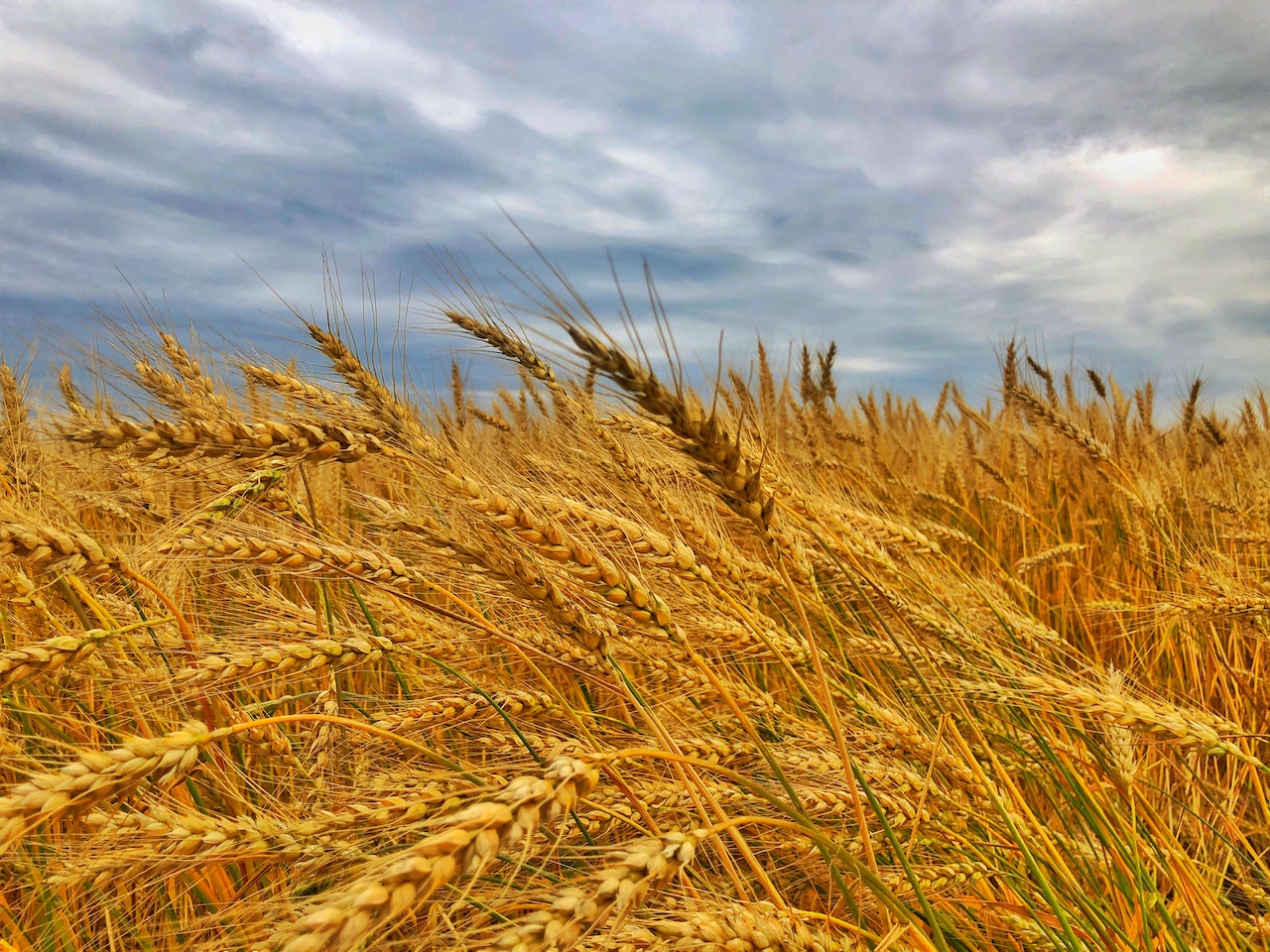Murray Collins is in LSE’s Grantham Research Institute on Climate Change and the Environment. Prior to coming to LSE, he conducted field research for the government of Gabon on forest carbon stocks.
After finishing my MSc in Conservation Science at Imperial College, I took a job in Gabon working for the country’s new department for climate change research. The remit was to re-measure a series of forest carbon measurement plots that had been established in the 1990s.
With the Reducing Emissions from Deforestation and Degradation (REDD+) scheme rapidly developing as a means to mitigate climate change under the UNFCCC, the government of Gabon was keen to develop its science base and contribute its knowledge and expertise to the programme.
While it was exciting to be contributing to science for action in climate change, I was tantalised by the physical requirements for the job: as a bare minimum I had to able to run away from elephants and dodge chimpanzees and gorillas in the forest.
Moving to Gabon in 2009, I ended up spending six months in Lope National Park. I had many close encounters with elephants, particularly with one who took a liking to the flavour of my washing hanging on the line outside my isolated cabin, 12 kilometres from the nearest village.
I teamed up with three experienced Gabonese foresters for the carbon assessment and we spent half a year measuring down to the nearest millimetre the circumference of several thousand trees spread across Lope’s landscape. We hammered in tags to number each stem, and even painted the point at which we measured the tree, for future reference and re-measurements.
Aside from this magnificent experience in one of the most beautiful and wild countries I have visited (I vividly recall spending an hour watching a family of gorillas feeding in a fruiting tree), the data we collected was used to develop the first biomass maps for Gabon. This was subsequently presented at the UNFCCC conference in Copenhagen by no less than Gabon’s President Ali Ben Bongo. Our data was also published in the academic journal, Biogeosciences Discuss.
Here at LSE, I am studying for a PhD with Dr Susana Mourato. I am interested in using biological science in addition to economics to explore the biodiversity and climate implications of REDD+ implementation. As a result, I also work at the Institute of Zoology at the Zoological Society of London, with the biologists Chris Carbone and Marcus Rowcliffe.
While my research is currently focussed on South East Asian peat swamps due to their enormous carbon storage, I think the general themes emerging from my work are applicable to any developing forested country interested in trying to establish a REDD programme.
For instance, in a paper published with colleagues at Oxford and Imperial earlier this year, I developed an institutional framework for the implementation of REDD+. This provides a checklist, a structured way of thinking about the requirements for employing REDD+, which could be used by project developers or governments assessing their capacity to execute REDD+ activities.
I hope I will have a chance to go back and work in Africa at some point. For me this largely depends on how REDD+ develops over the coming months, particularly under the UNFCCC negotiations, so I shall be very interested in the outcomes of negotiations at Durban in December this year.






